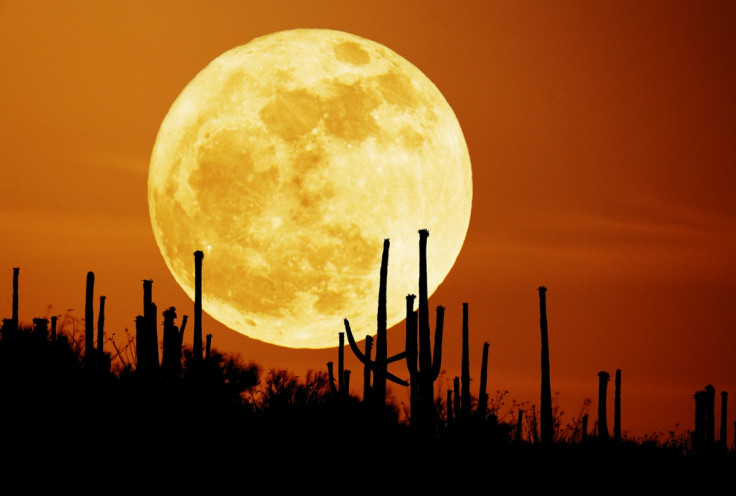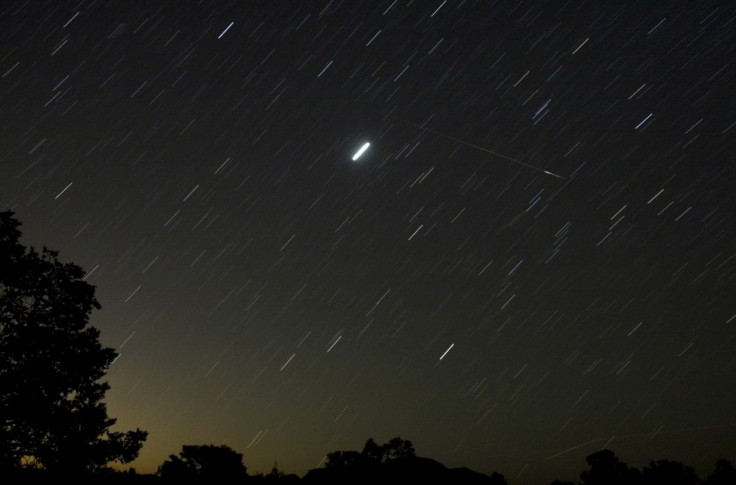August Supermoon and Perseid Meteor Shower to 'Face Off for Beautiful Cosmic Display'

The biggest and brightest supermoon of the year is to coincide with the biggest and brightest meteor shower.
Nasa said the two cosmic shows will "face off" between 10 and 13 August, resulting in what should be a beautiful night sky.
A supermoon occurs when the full moon is closer to Earth in its normal orbit than normal, making it look brighter and larger than normal. August's supermoon is when the moon is at its closest point to Earth in 2014 and it will appear in the night sky on 10 August.
The Perseid meteor shower, which takes place between 9 and 14 August, is one of the best showers of the year, with at least 100 meteors appearing every hour.
"During the second week of August, the biggest and brightest full moon of the year will face off against everyone's favourite meteor shower — and the outcome could be beautiful," Nasa said.

"On 10 August, 2014, just as the Perseids are set to peak, the moon will become full. Moreover, it will become full just as it reaches the place in its orbit (perigee) that is closest to Earth. The perigee full moon of August 10th – also known as a supermoon – will be as much as 14% closer and 30% brighter than other full moons of the year."
However, Bill Cooke, from Nasa's Meteoroid Environment Office, said the coincidence is not necessarily a good thing: "Lunar glare wipes out the black-velvety backdrop required to see faint meteors, and sharply reduces counts."
Cooke said that the Perseids should be visible for several days before and after the supermoon and that the meteors should still be visible: "The Perseids are rich in fireballs as bright as Jupiter or Venus. These will be visible in spite of the glare."
He added that after six years of meteor research, Nasa has found the Perseids to be the "fireball champion" of meteor shower.
The Perseids come from the Comet Swift-Tuttle and get their name as they come from the constellation Perseus: "We see more fireballs from Swift-Tuttle than any other parent comet," Cooke said.
© Copyright IBTimes 2025. All rights reserved.






















